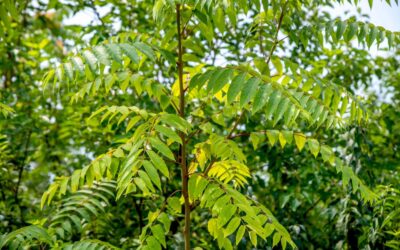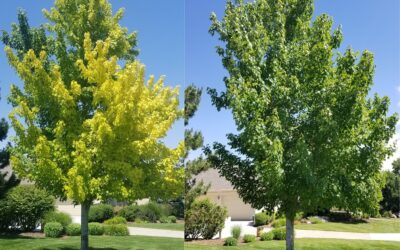Bristlecone pines are tough customers. They grow where nothing else will and last for centuries. In fact, a Great Basin bristlecone pine in California’s White Mountains has been calculated as being 5,067 years old, making it the oldest known individual tree on earth. Clonal colonies of plants and microorganisms can last for 10,000 or more years—the Pando colony of quaking aspens in Utah, for example—but when it comes to individual organisms, the bristlecone is champ.
Varieties of Bristlecone Pines
There are three species of bristlecone pines, Great Basin, Rocky Mountain, and Foxtail. The Great Basin bristlecone is found in high, arid elevations in California, Nevada, and Utah, and is the best-known species. The Foxtail pine is native to the Sierra Nevada and Klamath Mountains and forms the thickest groves of the three. Both of these species are hard to cultivate and generally do not do well in landscaping since even the low amounts of moisture needed to keep drought-tolerant plants alive can cause root rot in bristlecones.
The third species, the Rocky Mountain bristlecone pine, is not only the most populous of the bristlecones, can do well in cultivation. It’s a long-lived tree, too, with one specimen near Craig, Colorado estimated at over 2,400 years old.
Characteristics
Part of the bristlecone’s hardiness comes from its slow growth rate. In severe conditions, it may only add about 1/100th of an inch to its girth, and instead of shedding its needles annually, it conserves energy by holding on to them for up to ten years.
Unlike its windswept relatives, bristlecones in cultivation take on the appearance of rounded, shrubby evergreens 10 to 20 feet tall and 4-6 feet wide. Clumps of five short green needles grow in thick clusters along irregularly spaced branches along with the prickly cones that give the tree its common name. Its bark is grey and scaly, adding to the tree’s rugged look.
Environment
The bristlecone pine is extremely hardy, surviving at temperatures as low as -40°F and elevations up to 11,000 feet. Its sap contains a high level of resins, some of which manifests itself as white specks on its needles. The resins also add to the bristlecone’s high resistance to insects and disease.
Rocky Mountain bristlecone pines withstand high, constant winds, poor soils, and extended periods of drought. Because of these adaptations, this Colorado, New Mexico, and Arizona native is a dramatic addition to low-moisture landscaping in places where other trees won’t survive.
You can only see these remarkable trees in their natural setting in a few scattered places along a narrow band extending from central Colorado to northern New Mexico and an isolated stand in northern Arizona. Close to Denver, the Mount Evans Scenic and Historic Byway has a quarter-mile hiking trail known as the Bristlecone Pine Loop in the Mount Goliath Natural Area.
The remarkable display of summertime vegetation in the alpine tundra might inspire you to build a low-maintenance landscape of your own. And if you need help doing it, Donovan Arborists offers planting, pruning, and shearing services for Rocky Mountain bristlecone pines and other trees and shrubs as well as a complete landscape maintenance package for property in the Denver area.
We’re always happy to give free estimates to homeowners and property managers for any services they may need.



